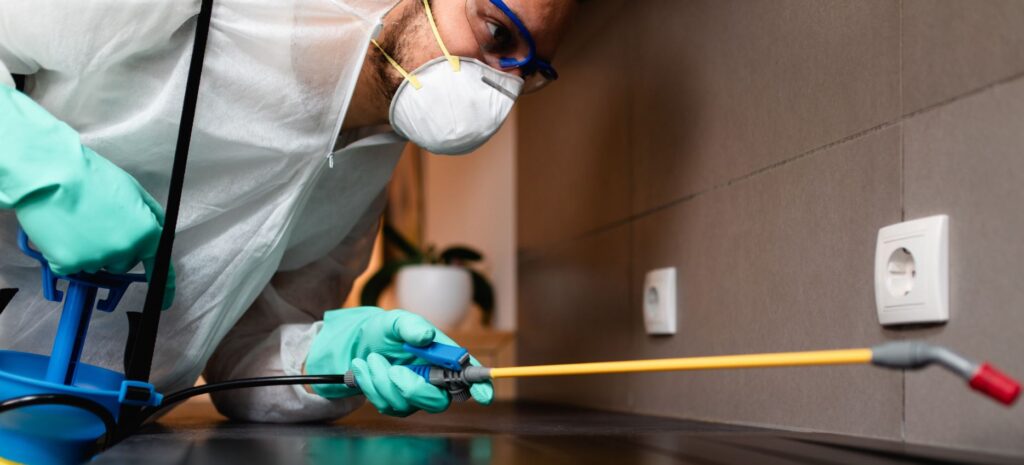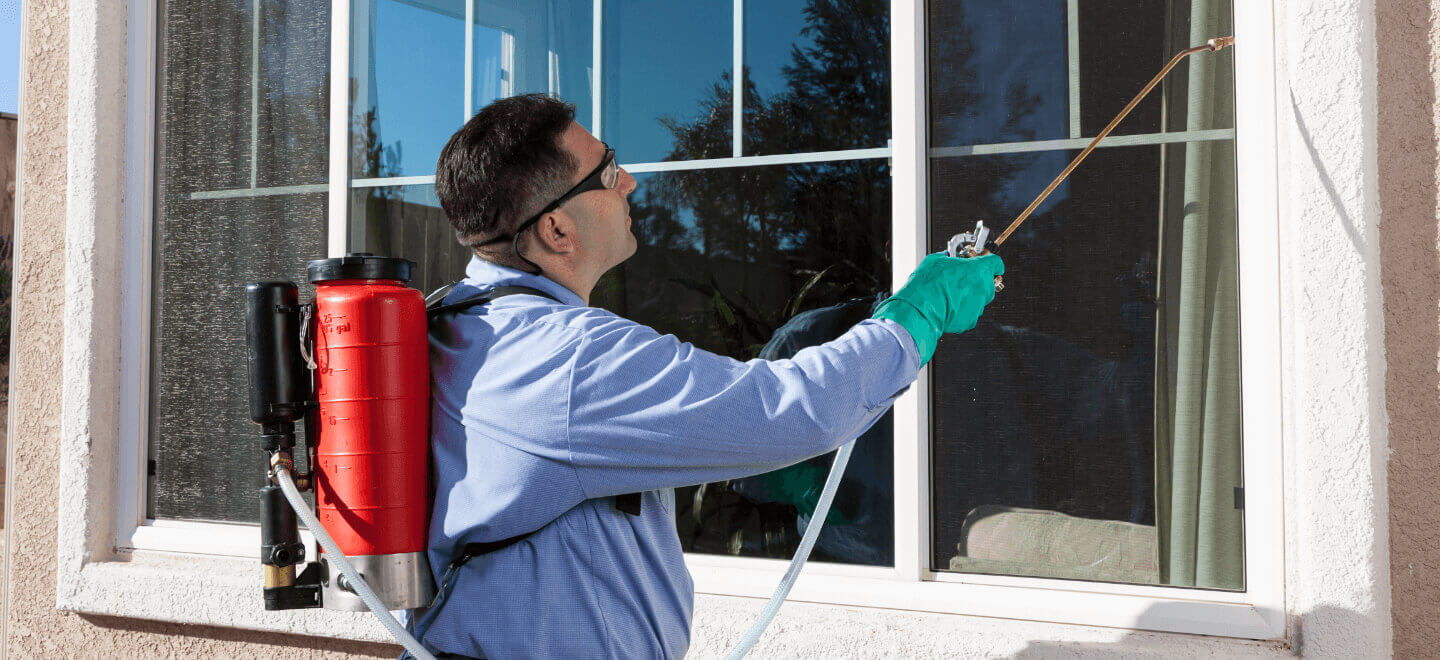Affordable Rat Control Coquitlam Services to Keep Your Home Safe
Affordable Rat Control Coquitlam Services to Keep Your Home Safe
Blog Article
Safe and Trusted Bug Control for Lasting Protection
Reliable parasite monitoring calls for a complex technique that balances environmental stability with the requirement for efficient pest reductions. The subtleties of these techniques might not be quickly clear, prompting a more detailed exam of the methods that can lead to lasting parasite control end results.
Comprehending Pest Control Methods
Bug control encompasses a range of methods targeted at managing and eliminating undesirable bugs and rats that can threaten both wellness and home. Understanding these methods is important for effective pest administration.
The key groups of pest control techniques consist of mechanical, biological, and chemical strategies. Mechanical techniques entail physical obstacles and catches to avoid bug access and capture undesirable species. Making use of displays on windows or utilizing sticky traps can substantially minimize pest populations without presenting hazardous compounds - exterminator coquitlam.

Chemical insect control is usually the most recognized technique, making use of pesticides to remove bugs. These chemicals can be effective however should be utilized with caution to stay clear of adverse results on non-target species and the setting.
Benefits of Eco-Friendly Solutions
How can environment-friendly solutions transform insect control practices? The adoption of environmentally friendly insect control techniques uses countless advantages, considerably improving the performance and safety of bug monitoring.

Another benefit is the positive effect on neighborhood biodiversity. Green options are created to target particular pests while maintaining helpful bugs and wildlife, advertising a balanced ecosystem. This strategy lines up with the growing customer demand for lasting techniques, boosting the track record of insect control companies.
Integrated Pest Monitoring Techniques
The execution of environment-friendly services normally results in the fostering of Integrated Insect Monitoring (IPM) techniques, which better improve parasite control effectiveness. IPM is an all natural method that incorporates multiple methods to manage bug populations while lessening ecological impact. This method emphasizes the use of organic, cultural, mechanical, and chemical controls, making sure a sustainable and well balanced approach of insect monitoring.
One basic aspect of IPM is the complete assessment of insect task and ecological conditions. By keeping track of parasite populaces and identifying their life cycles, professionals can apply targeted interventions that interrupt the bug's environment or lifecycle, reducing reliance on chemical pesticides. Additionally, cultural methods such as plant turning and environment manipulation can considerably reduce bug facility and recreation.
An additional critical component is the use of biological control agents, such as useful insects or microbes, which can naturally reduce parasite populaces. When chemical applications are necessary, IPM prioritizes using low-risk pesticides and applies them selectively, minimizing exposure to non-target organisms and human beings.
Including IPM strategies not just boosts parasite control performance yet likewise promotes a much safer community, lining up with the growing demand for lasting techniques in bug administration.
Safe Practices for House Owners
Comprehending the significance of safe techniques in parasite control can equip house owners to efficiently manage parasite concerns while securing their health and the atmosphere. Executing non-toxic approaches and precautionary steps is critical in lessening exposure to harmful chemicals.
Home owners ought to initially assess their atmosphere for conditions that draw in parasites, such as standing food, water, and mess waste. Routinely cleansing and securing entry factors can hinder insects from attacking the home. Utilizing natural deterrents, such as necessary oils or diatomaceous planet, can offer efficient choices to chemical pesticides.
When chemical treatments are required, house owners should opt for products that are especially classified as safe for domestic usage. It is necessary to follow application guidelines carefully to prevent too much exposure. Furthermore, using targeted treatments in areas where insects are determined, instead than covering splashing, can dramatically reduce chemical use.
Finally, preserving open communication with insect control experts is important. Property owners ought to ask regarding the safety of products used and demand green alternatives whenever feasible. By embracing these safe methods, property owners can produce a healthier living environment while effectively taking care of parasite problems.

Tips for Long-Term Security
Establishing a parasite monitoring method that highlights long-term defense can considerably improve the effectiveness of the secure methods previously reviewed. To accomplish this, property owners should apply routine inspections of their property, concentrating on hidden locations such as attics, cellars, and crawl areas. Early discovery of insect activity is vital in avoiding problems from taking hold.
These techniques reduce attractants that draw insects right into the home. Securing entry points, such as fractures around home windows and doors, can effectively block prospective bug accessibility.
Landscape design should likewise be thought about; maintaining plants cut and keeping a range in between vegetation and the home reduces hiding areas for bugs. Making use of all-natural deterrents, such as essential oils or diatomaceous earth, can further dissuade invasions without turning to severe chemicals.
Finally, working together with an expert bug control solution for regular examinations can supply an added layer of protection. These specialists can supply customized suggestions and advanced treatments, guaranteeing that your home remains protected against pests in the lengthy term.
Verdict
In verdict, risk-free and trustworthy insect control requires a multifaceted approach that stresses green techniques and integrated pest monitoring. By applying natural deterrents, conducting normal examinations, and preserving proper cleanliness, residential or commercial property owners can considerably lower pest populations while securing helpful insects and the environment. Cooperation with expert pest control solutions enhances the performance of these methods, ensuring customized services that give enduring protection and assurance against future invasions.
Effective bug management calls for a multifaceted technique that balances environmental integrity with the requirement for reliable insect reductions. The adoption of environment-friendly pest control techniques offers various advantages, considerably boosting the efficiency and safety and security of pest administration.The execution of eco-friendly options normally leads to the adoption of Integrated Insect Administration (IPM) approaches, which even more improve parasite control efficacy. exterminator coquitlam. By keeping an eye on parasite populations additional info and identifying their life cycles, professionals can apply targeted treatments that disrupt the insect's habitat or lifecycle, minimizing dependence on chemical pesticides.In verdict, safe and reputable bug control calls for a complex strategy that emphasizes eco-friendly methods and integrated insect administration
Report this page